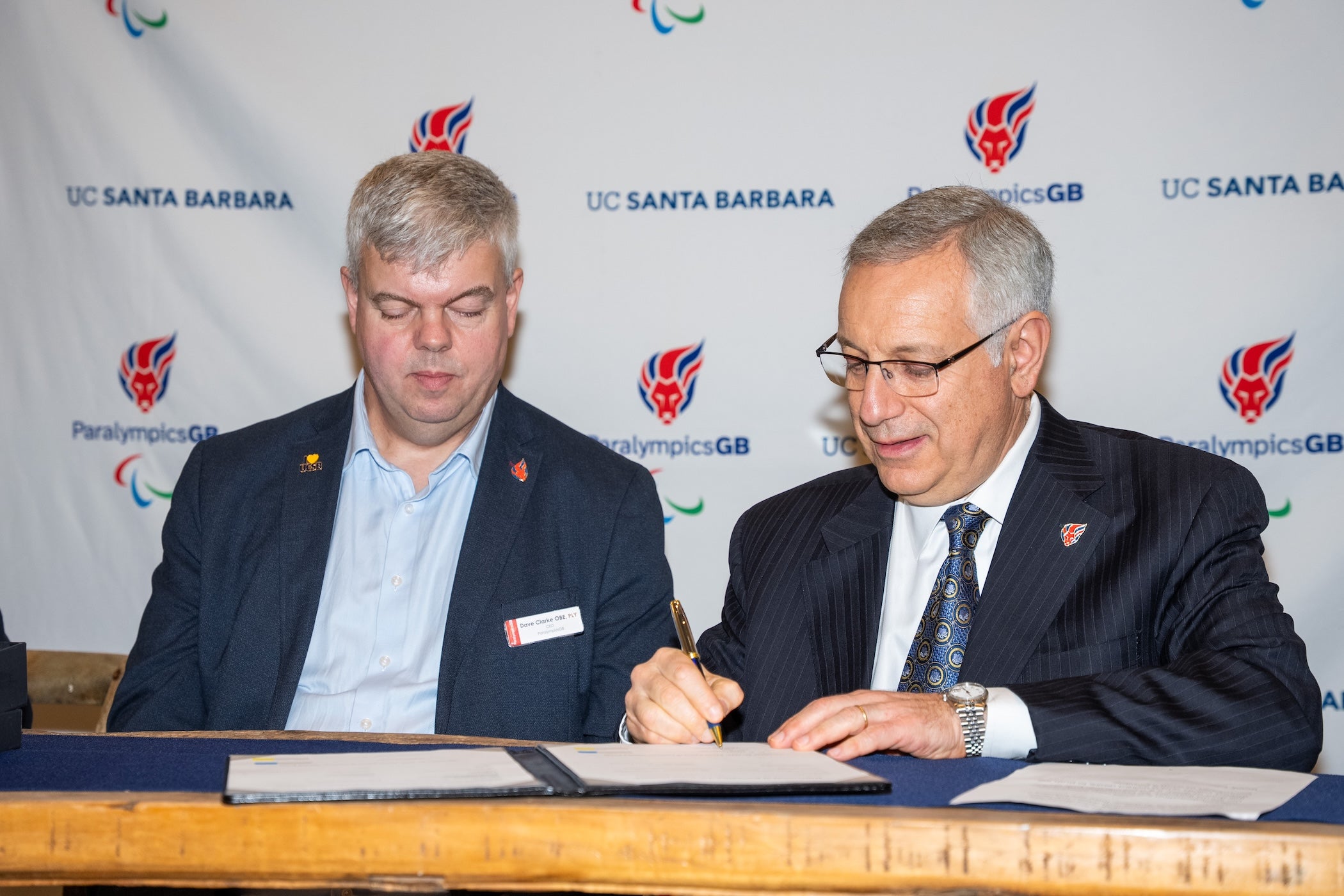

What do Charles Darwin, the King James Bible, the Toltec story of "La Calavera," and the modern environmental movement have in common? They're all part of the "Seeing Nature" exhibit in the Special Collections section of UC Santa Barbara's Davidson Library.
"I wanted to celebrate spring," said Callie Bowdish, library computer resource specialist, who curated the exhibit, which can be found in the lobby of the library's Special Collections section, on the third floor. The exhibit is free and open to the public.
The result of contributions from UCSB students and experts in subjects from literature to biology, "Seeing Nature" is a collection of photographs, articles, poems, books, equipment, and even a few specimens that illustrate the human ways of viewing the natural world. In this exhibit, a leaf from an original printing of the King James Bible shares a case with the Father of Evolution, Charles Darwin. Poets William Wordsworth and Henry David Thoreau share the room with the Swift Field Microscope. Line drawings of root systems become artistic, and children's stories are as educational as news clippings about the birth of the modern environmental movement.
"We wanted to show how anybody could observe nature," said Laurie Hannah, exhibit curator and librarian for the Cheadle Center for Biodiversity & Ecological Restoration. CCBER contributed the specimens and tools by which anyone from scientists to schoolchildren could look at nature. The CCBER contribution has its roots in the work of Vernon Cheadle, botanist and former UCSB chancellor, who continued his work as a plant anatomist even after he came to the university to be chancellor from 1962 to 1977.
Aside from the religious, artistic, and scientific, the exhibit also takes on the socio-political aspects of the human relationship to nature, through the lens of the modern environmental movement, particularly in the wake of the 1969 oil spill. The spill occurred underwater on Union Oil's Platform A in the Santa Barbara Channel. It was one of the country's largest oil spills, pumping up to 100,000 barrels of crude oil into the water and sparking a massive environmental movement that drew the attention of both the public and politicians to the state of the environment, and gave birth to Earth Day.
"Seeing Nature," will run through the end of spring.
† Top image: A detailed line drawing of plant roots verges on the artistic.
Credit: Cornelius Muller
†† Bottom image: A photo of naturalist Charles Darwin, father of evolution, and his publications.
Credit: Sonia Fernandez



